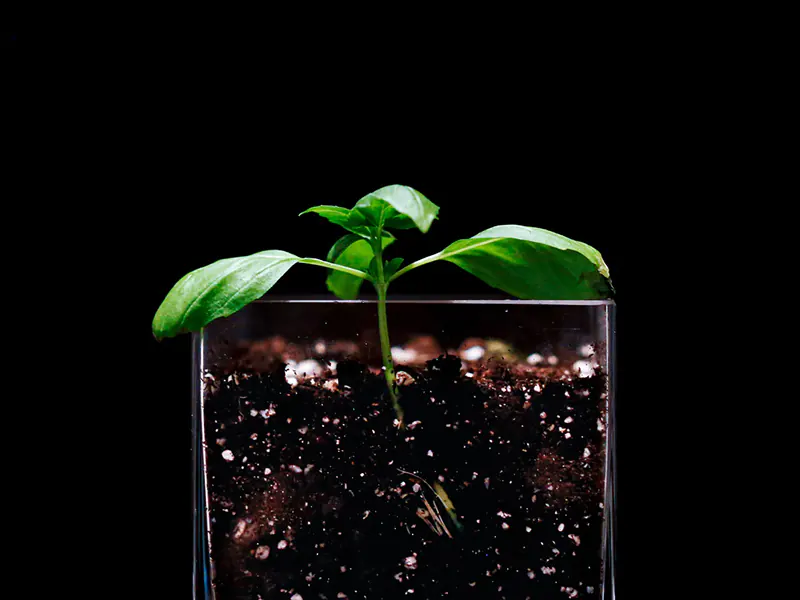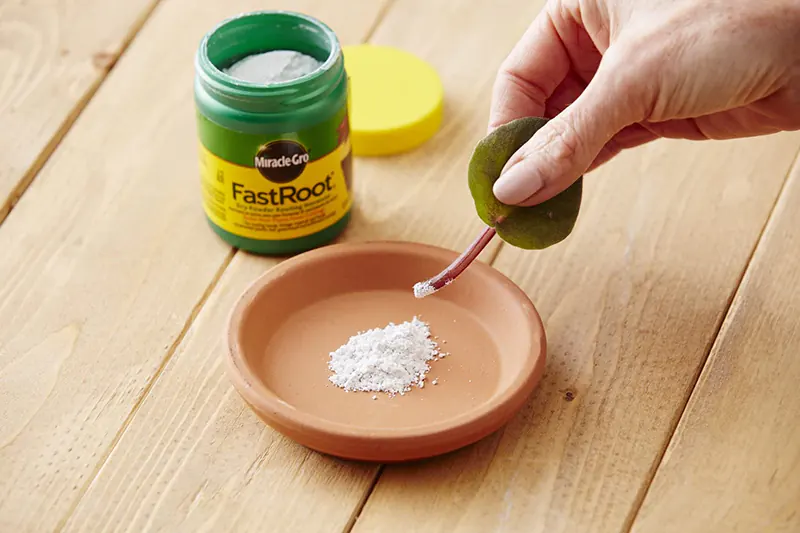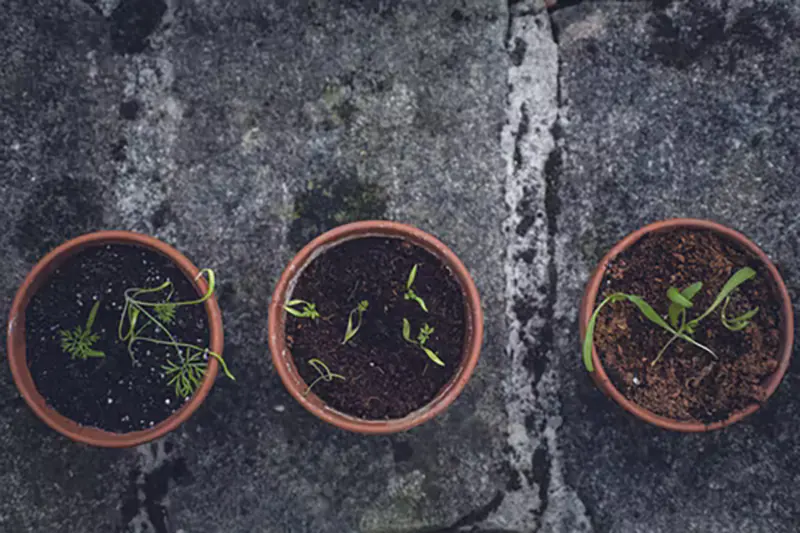How to Root Tree Cuttings
Trees, and our love of trees, are the backbone of bonsai but getting new specimens can be difficult and expensive. An inexpensive and straightforward way of getting new trees is to take cuttings and propagate new examples from the cuttings.
Many gardeners have expressed that they have never had much luck with cuttings and are unsure how to root tree cuttings successfully. Here’s our guide on how to root tree cuttings easily.

Why You Should Consider Cuttings
As we have said, buying new specimens from nurseries can be expensive, and there is no need to spend on these high ticket items when you can grow many specimens yourself by following our simple step-by-step guide.
Also, having several new young trees allows you to experiment with some advanced techniques such as creating Ishisuki (Growing in a rock), Seki-joju (Growing On a Rock), Yose-ue (Forest Style), or Kabudachi (Multitrunk).
All of these are started with very young trees, and using cuttings to grow your own, means that you can start your intended creation when the tree is very young.
Also, if it goes wrong, you will not have spent a lot buying young trees, so you have more freedom to experiment and enjoy trying new things.
When To Take Cuttings
Ideally, the most successful time to take a cutting is around the end of spring. You want your cuttings to come from new growth, and at the end of spring, the new softwood has hardened a little, but the interior cells are still very active and should produce roots quickly.
If you are given cuttings, and they are of the hardwood variety, don’t despair; they too will root, but you will have to be a little more patient.
Any tree or shrub can be propagated through cuttings.
Our Step-By-Step Guide on How to Root Tree Cuttings
Step #1: Preparation of the Cutting Trays
Before dashing off twitch your secateurs, we suggest that you prepare the trays in which you will plant the cuttings. It’s a good idea to shorten the time between cutting the slip and planting it.
Step #2: Planting Mix
First, you will need a planting mix. Ideally, the mixture should be sterile, low in nutrition, and free draining. We suggest a blend of pearlite (to ensure air pockets), peat moss (to retain a little moisture), and coarse sand (to ensure drainage).
Step #3: Planting Trays
Next, you will need something in which to put the planting mix. Again, spending a great deal on sophisticated planting trays is unnecessary. You can successfully use old seeling boxes or simple plastic trays with suitable drainage holes in the bottom.
Clear plastic boxes that have lids are ideal as once the cuttings are planted and watered, the top is put on, and the container creates a tiny greenhouse.
Many gardeners like to use warming mats under the trays and if you have them, by all means, use them. You don’t need to use one, but they will assist your cuttings in rooting in cooler climates.
Step #4: Hormone Rooting Medium
Rooting hormones help cuttings develop a sound, vigorous root system in a short time. Rooting hormones come in powder form, gel form, or liquid. It makes no difference which you use as they will all perform the same function.
What is important is that you use the correct strength of the medium. Read the label carefully, and ensure you use softwood or hardwood, depending on the cutting. You should note that this doesn’t denote whether the cutting came from a shrub or a tree.
It is the stage in life that you find the cutting. If this is very new growth, then it is softwood, but if it has been cut later in life and the wood is hard, it is hardwood cutting.
Be careful to use the medium correctly and read the instructions. Some liquids can be used as-is, but others are concentrated and must be diluted before use. For powders, it is preferable to dampen the end of the cutting before rolling it in the powder.
Lastly, be careful of contaminating your rooting hormone. It is preferable to remove a little from the container into a second container and dip your cuttings into the second container. In this way, you keep the reservoir of rooting hormone uncontaminated.
Now you are ready to take off with your secateurs!
Step #5: Planting the Cutting
Make sure that the parent plant is in good health and well hydrated. Clip new growth twigs from the plant. Try to cut just below a bud and have one or two buds above it on the cutting.
If there are any leaves on the cutting, remove them. You do not want to stress the cutting while trying to supply water to the leaves.
Dip the end into the rooting hormone and make a hole in your planting mix.
Carefully place the cutting into the hole without rubbing off the rooting hormone, and press the planting mix firmly around the cutting.
Water well and then put the lid on the box. If you have no top, put a stick in each corner of the tray and tie a sheet of clear plastic firmly over the tray, using the posts to keep the plastic up off the cuttings. This will create a lovely humid atmosphere inside to promote growth.
The tray should be kept in the shade or a greenhouse if you have one. Check every few days to ensure the cuttings are hydrated but not soaked. You can mist them with a spray bottle if there is no moisture on the inside of the lid or plastic covering.
After a few weeks, you should have lovely little trees emerging. At that time, you can transplant them into a pot and care for them as you would any other seedling.
Final Thoughts
As you can see, it is not a complex task to take cuttings and get them to root. With patience and care, you can propagate any number of new trees from cuttings. None of the branches you remove when shaping your trees should be wasted. They all make excellent cuttings and should be planted.
Also, ask around amongst your bonsai friends. I have received cuttings packed in damp newspaper via overnight courier from a bonsai friend and successfully rooted them.
We hope that we have shown you how to root tree cuttings and inspired you to try it for yourself.






